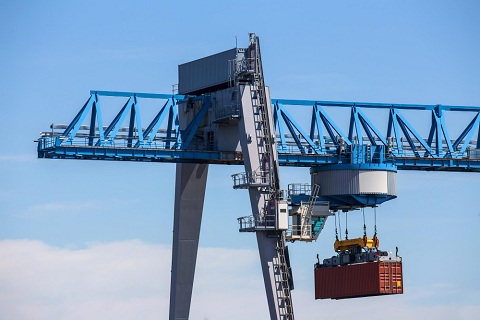Gantry cranes are indispensable pieces of equipment in numerous industries, facilitating the movement of heavy loads with efficiency and precision. Whether for construction, manufacturing, or logistics purposes, investing in the right gantry crane requires careful consideration of various factors. Here are seven crucial aspects to ponder before making your purchase:
1. Load Capacity
One of the foremost considerations when buying a gantry crane is its load capacity. Assess the heaviest loads you anticipate lifting regularly and ensure the crane’s capacity exceeds these requirements. Overloading a crane can lead to safety hazards and potential damage to both the crane and the goods being lifted.
2. Span Length
The span length refers to the distance between the legs of the gantry crane. It’s essential to determine the optimal span length based on the layout of your workspace and the size of the loads to be handled. A longer span provides greater flexibility in positioning the crane and handling larger loads but may require more space.
3. Height and Clearance
Consider the vertical space available in your facility when selecting the height of the gantry crane. Factor in the height of the loads you’ll be lifting as well as any obstructions such as ceiling beams or ductwork. Opting for a crane with adjustable height features can enhance versatility in various working environments.
4. Mobility and Portability
Depending on your operational needs, you may require a gantry crane that offers mobility and portability. Mobile gantry cranes equipped with wheels or casters allow for easy relocation within a facility or transportation to different job sites. Consider factors such as floor surface, terrain, and the frequency of crane movement when evaluating mobility options.
5. Power Source
Gantry cranes can be powered by various sources, including electricity, hydraulics, or pneumatic systems. The choice of power source depends on factors such as energy availability, environmental considerations, and operational preferences. Evaluate the pros and cons of each power option to select the most suitable one for your application.
6. Control Mechanism
Efficient control mechanisms are essential for safe and precise operation of gantry cranes. Options range from manual controls, including pendant or remote controls, to automated systems with advanced features such as programmable logic controllers (PLCs) and safety sensors. Choose a control mechanism that aligns with your operational requirements and promotes ease of use for operators.
7. Safety Features and Compliance
Prioritise safety when selecting a gantry crane by ensuring it meets relevant industry standards and regulations. Look for features such as overload protection, emergency stop buttons, and safety interlocks to mitigate risks associated with crane operation. Additionally, consider factors such as operator training and maintenance requirements to uphold a safe working environment.
Conclusion
Investing in a gantry crane requires thorough consideration of various factors to ensure optimal performance, safety, and efficiency. By evaluating aspects such as load capacity, span length, mobility, power source, control mechanism, and safety features, you can make an informed decision that aligns with your operational needs and enhances productivity in your workplace. Take the time to assess your requirements carefully and consult with experts to select the right gantry crane for your application.

